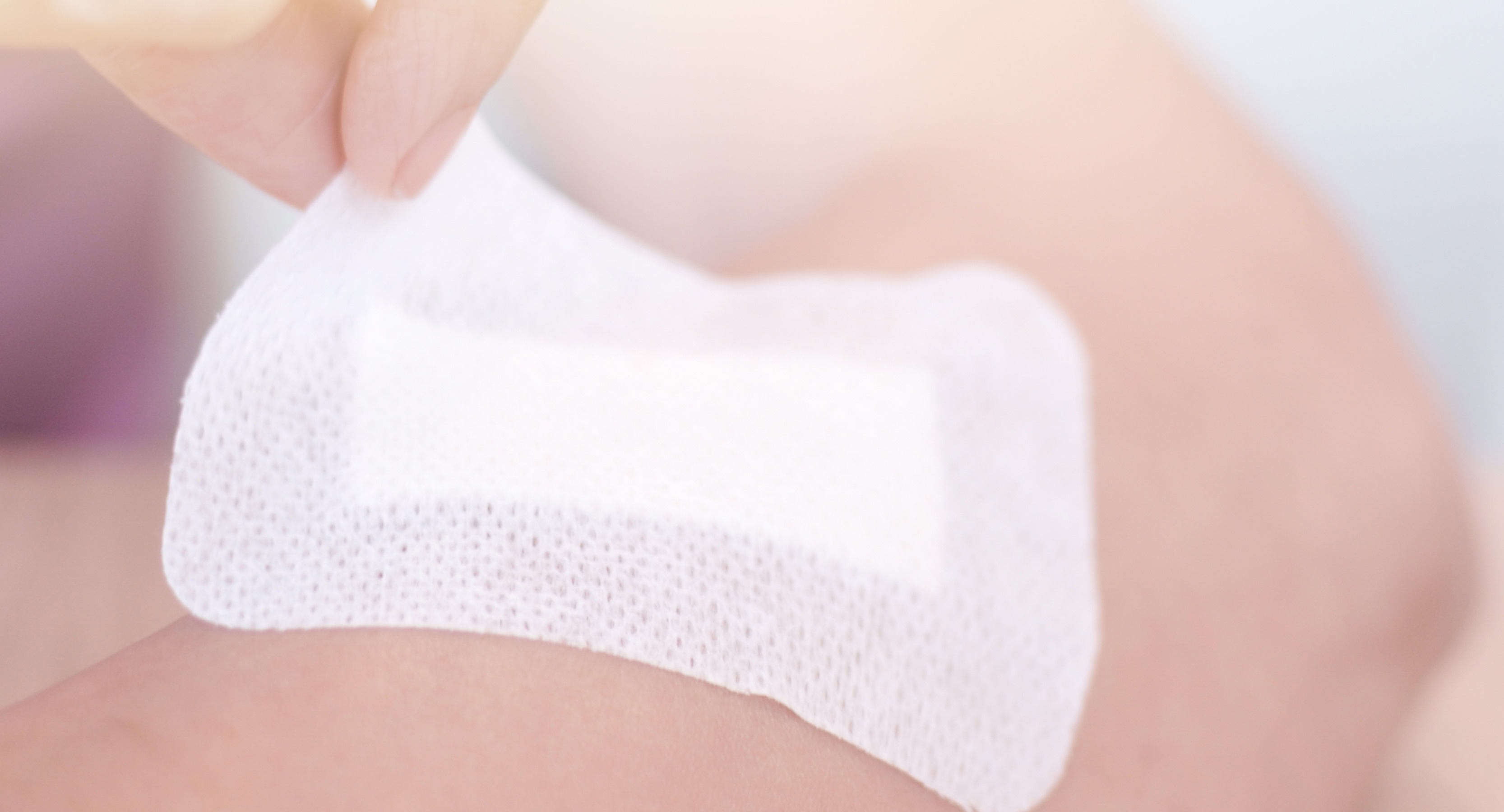Acellular Synthetic Wound Care Products with Regenerative and Anti-Inflammatory Properties

.png)
KEY INFORMATION
Healthcare - Pharmaceuticals & Therapeutics
TECHNOLOGY OVERVIEW
Effective wound care requires a multi-modal approach, including wound bed optimization, management of medical conditions, and consistent follow up. Wound care products play a key role in effective wound healing. Currently, most of the commercially available dressings are intended to maintain a dry wound environment or manage infection. Biomedical innovations aimed at improving rates of healing include the use of active biologics or animal-derived collagen. However, these strategies have high infection risks, scarring potential and are too costly for long term use.
This technology has incorporated biomolecules that promote skin regeneration into synthetically fabricated polymer filament to develop a bioactive wound care product used to enhance wound healing, reduce inflammation and scarring potential. Through a patented methodology of blending polymers, Polyethylene (PE) or poly (lactic co-glycolic acid) (PLGA) with biomolecule copolymer additives such as oligopeptides derived from collagen, laminin, or oligosaccharides from Hyaluronic Acid (HA), these polymers are made bioactive to be used to coat existing wound dressings such as non–woven gauze, foam dressings or fabricated into dermal matrices for burn care and deep wound management. The bioactive polymer can be produced via conventional methods such as dip coating or 3D Printing. Depending on the type of wounds (exudative, dry, partial thickness, full thickness or highly inflamed), the right type of dressing can be applied through a selection of basic carrier (gauze, foam, matrix) followed by the active layer required.
The technology owner is seeking out-licensing, R&D and clinical collaborations with wound care and medical device companies.
TECHNOLOGY FEATURES & SPECIFICATIONS
- Acellular: Wound dressings do not contain any active biologic or animal-derived ingredient. They are fully made of bioactive synthetic polymers.
- Biocompatible: Biomolecules attached are either peptide sequences of collagen and laminin which are essential components of extracellular matrix, or short chain Hyaluronic Acid (HA).
- Regenerative: Biomolecules incorporated facilitate skin regeneration.
- Permeable: Air and water permeable non-woven gauze, polyurethane foam and 3D-printed dermal matrices with unique pores allow for air and moisture exchange.
- Low allergen risk: Does not use any biologics. Wound dressings are made of bioactive polymers with low risk of allergy.
- Low cost: Production cost is at least 10x less than current dermal matrices made of animal collagen.
- Customizable: 3D-printing technique allows for personalized treatment.
- Long Shelf-Life: Product is fully synthetic and stable at room temperature. Hence, cold chain logistics is unnecessary, and hospitals can stock up on product.
POTENTIAL APPLICATIONS
The applications include but are not limited to:
- Incisional/Surgical wounds
- Burn wounds
- Trauma wounds
- Chronic wounds (e.g., diabetic ulcer wounds)
- Plastic reconstruction
- Skin graft donor sites
- Superficial wounds
- Laceration wounds
Market Trends & Opportunities
The medical non-woven gauze market share is estimated to reach a value of nearly US$ 28.9 Billion by 2032 expanding from US$ 19.7 Billion in 2021. Dermal matrix market is expected to reach US$ 17.3 Billion with CAGR of approximately 15.1% by 2027 from US$ 6.5 Billion in 2020.
Unique Value Proposition
Conventional wound care products for exudate or infection management are rarely designed with skin regenerative property. Current clinical gold standard for full thickness wound management or burn care involves the use of animal-derived collagen which has high infection risk. Cell therapies are costly and rarely used in clinical practice. This acellular synthetic wound care products with skin regeneration and inflammation reduction properties is a potential game changer in wound care market with its long shelf-life and low production cost.
